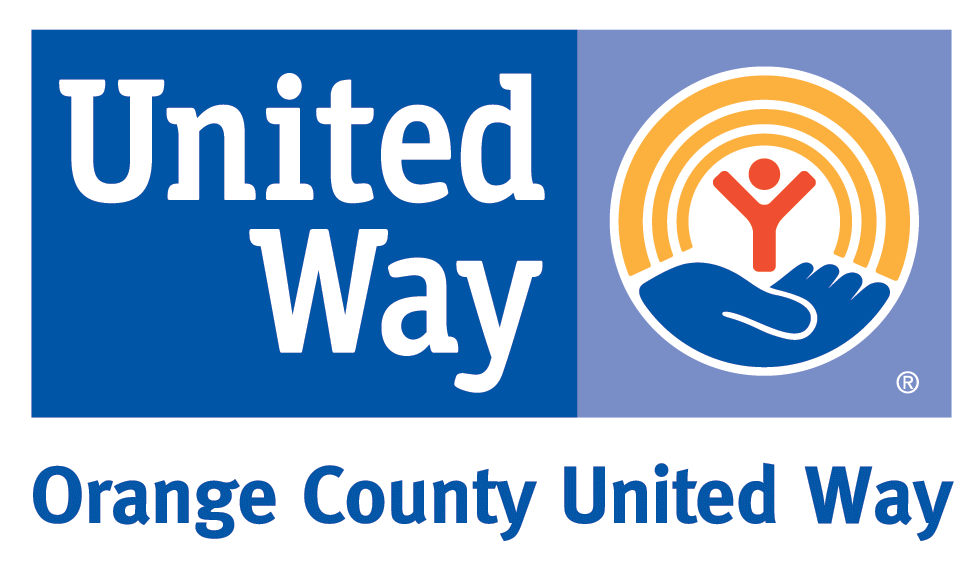The 19th Annual Orange County Community Indicators Report Highlights Economic Trends and Brings Urgent Countywide Issues to Light
Santa Ana, Calif. (July 30, 2018) – An annual report released today identified Orange County’s homelessness crisis and affordable housing shortage as one of three major countywide issues that require urgent attention. Training the middle-skill labor force and the importance of a shared vision and focus on the early development of young children were also identified as critically important “pivot points” in the 2018 Orange County Community Indicators Report, a comprehensive measure of the health and wellbeing of Orange County’s people, community and economy.
The report, now in its 19th year, covers all areas of the county’s health, economic conditions and quality of life, including income and housing, education, public safety, infrastructure and healthcare. It is co-produced by the Children and Families Commission of Orange County, Orange County United Way, CalOptima and the Orange County Community Foundation. The organizations involved in guiding the report also include the Orange County Department of Education and Hope through Housing Foundation.
“The Community Indicators Report identifies key issues that impact the future success and prosperity of Orange County,” said Shelley Hoss, President, Orange County Community Foundation. “It is critically important that our community works together to find creative, effective solutions to ensure positive outcomes for a vital, thriving county.”
Pivot Point: Homelessness
Housing prices in Orange County are 356% higher than the national average. The consequence of these soaring prices and the growing need for affordable housing has led to a homelessness crisis in the county. The unsheltered population increased 54% since 2013 to more than 2,500 individuals. The report names unemployment and underemployment, housing costs and an inadequate safety net for life challenges as the most frequently cited factors contributing to homelessness. The county would save an estimated $42 million annually if all chronically homeless people were placed into permanent supportive housing.
“The housing data as it relates to the growing homeless crisis in this year’s Community Indicators Report, reinforces the critical nature of the goals of our just-launched United to End Homelessness initiative,” said Susan B. Parks, President and CEO, Orange County United Way. “The collection of all the data points in one place reflects the enormity of the challenge and the opportunity before us to develop countywide housing solutions needed for this underserved population.”
Pivot Point: Middle-Skill Labor Force Development
Middle-skill jobs continue to thrive in Orange County. The challenge is that there are simply too few qualified candidates to meet the demand. The opportunity gap pivot point examines how high schools and community colleges are stepping up to prepare students and mid-career professionals to fill higher-paying middle skill jobs. The goal: increase the awareness and use of existing high school and community college programs that are tailored to meet the needs of O.C.’s middle-skill occupations.
Pivot Point: Focus on An Early Childhood Policy Framework
The research is clear: children’s early experiences shape their adulthood, which in turn shapes their community. The Community Indicators Report highlights the development of an Early Childhood Policy Framework to provide a common vision and language for achieving quality early education, and comprehensive health and development for young children up to age eight. The report notes four big benefits of investing in early childhood development: it can prevent the achievement gap, improve health outcomes, boost earnings and has a high rate of return.
“The Early Childhood Policy Framework provides the necessary structure and a common language to help all sectors of the community work together on behalf of our young children,” said Kim Goll, Executive Director, The Children and Families Commission of Orange County. “Time and time again research has shown that the earlier the investment in our young children, the higher the return. Orange County prospers when its children are healthy and thriving, and this framework is critical to ensuring all O.C. children are given the opportunity to grow up healthy and ready to learn.”
“The Community Indicators Report provides valuable information on major trends impacting the health of our community,” said Michael Schrader, CalOptima Chief Executive Officer. “As the community health plan for Orange County, CalOptima is dedicated to participating in collaborative efforts to improve the overall well-being of our children and families.”
Beyond the three pivot points, the report features data and findings in 27 areas of critical importance to the community’s success. Some areas where Orange County is excelling include increasing median household incomes, more students enrolling in career-focused, STEM courses, and a low crime rate as compared to our neighbors and peers. In contrast, the report also flags several stubborn problems, including the limited availability of housing options, even for residents with steady employment in well-paying jobs, and the continued rise of hospitalizations for mental health issues in children and youth.
The full report is now available for viewing.
The Community Indicators Report will be the featured topic of the Orange County Forum’s September luncheon program where a panel of local experts will discuss and delve deeper into this year’s findings. In addition, through a partnership of the Orange County Community Foundation, Orange County Children and Families Commission and Orange County United Way, a series of three “Future Focus” events, each highlighting a different “Pivot Point” from the report, will be announced later this year.
About The Community Indicators Report
Released annually since 1999, the Community Indicators Report tracks a range of topics important to the county’s health and prosperity. It highlights areas in which the county is performing well and making progress, as well as those where improvement is needed and where community efforts may positively influence Orange County’s future. The data compiled allows stakeholders to ask whether a certain practice or trend is sustainable and helps guide policy makers in fostering and maintaining Orange County’s vitality.







